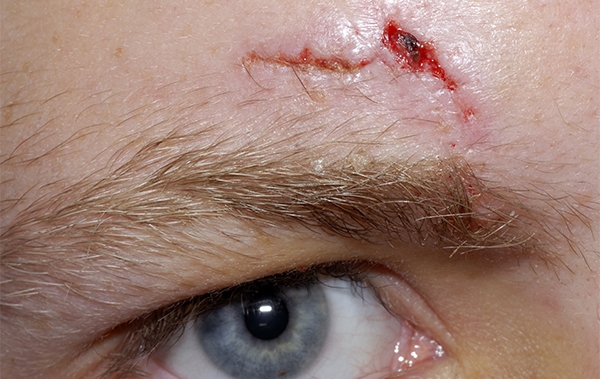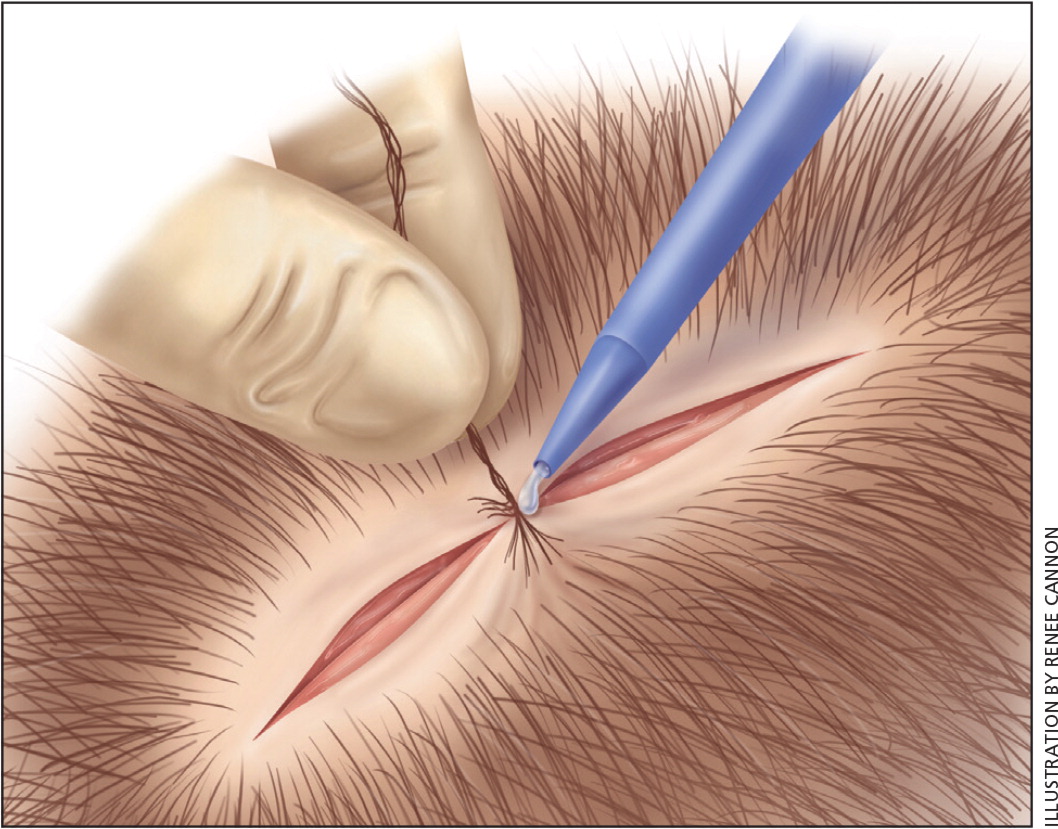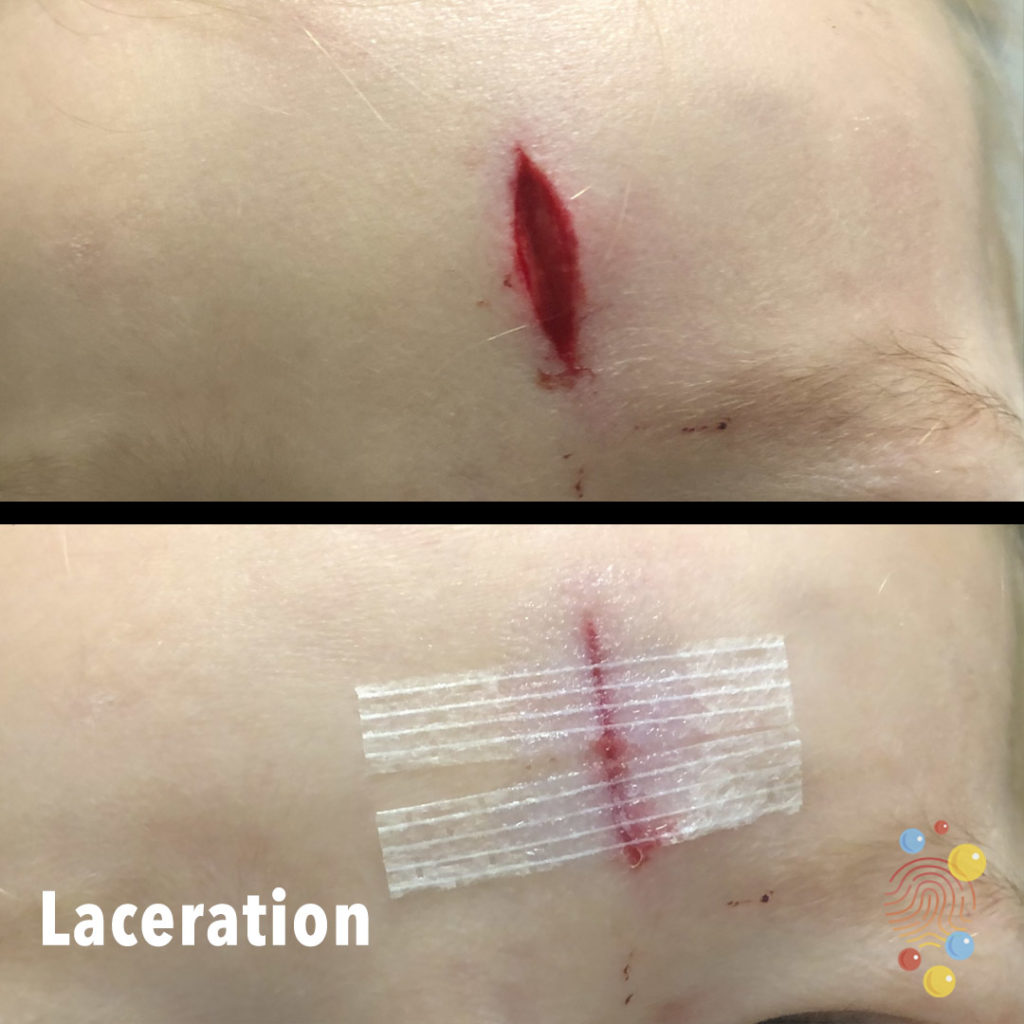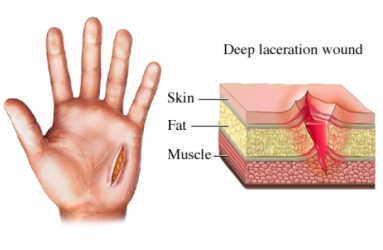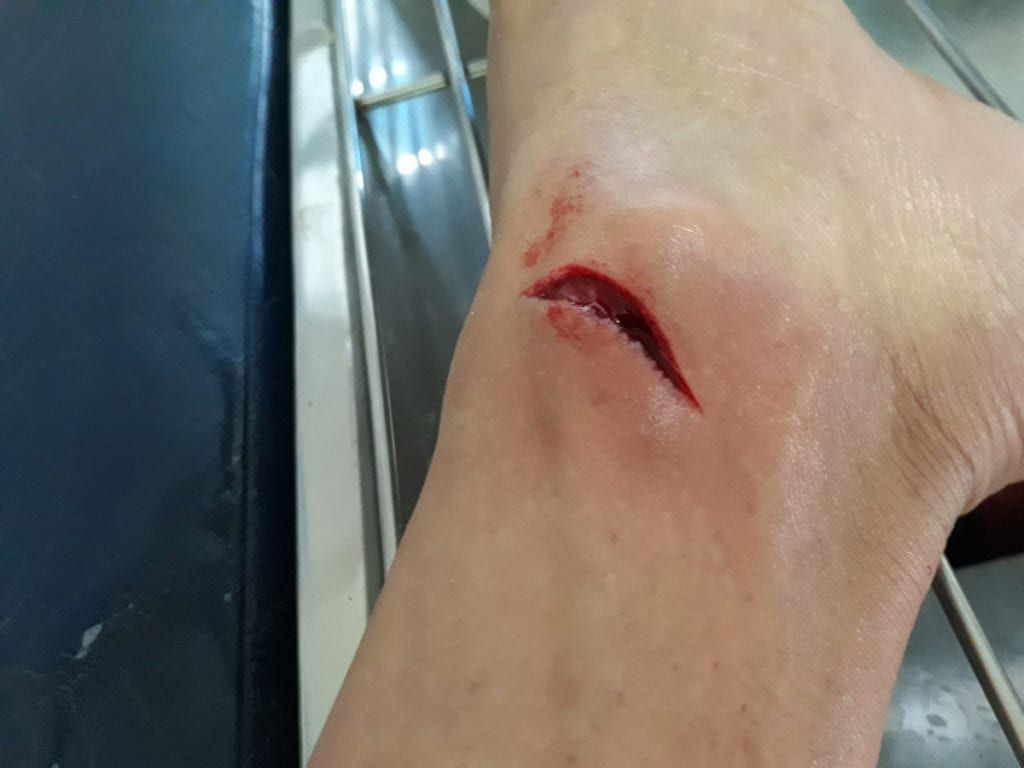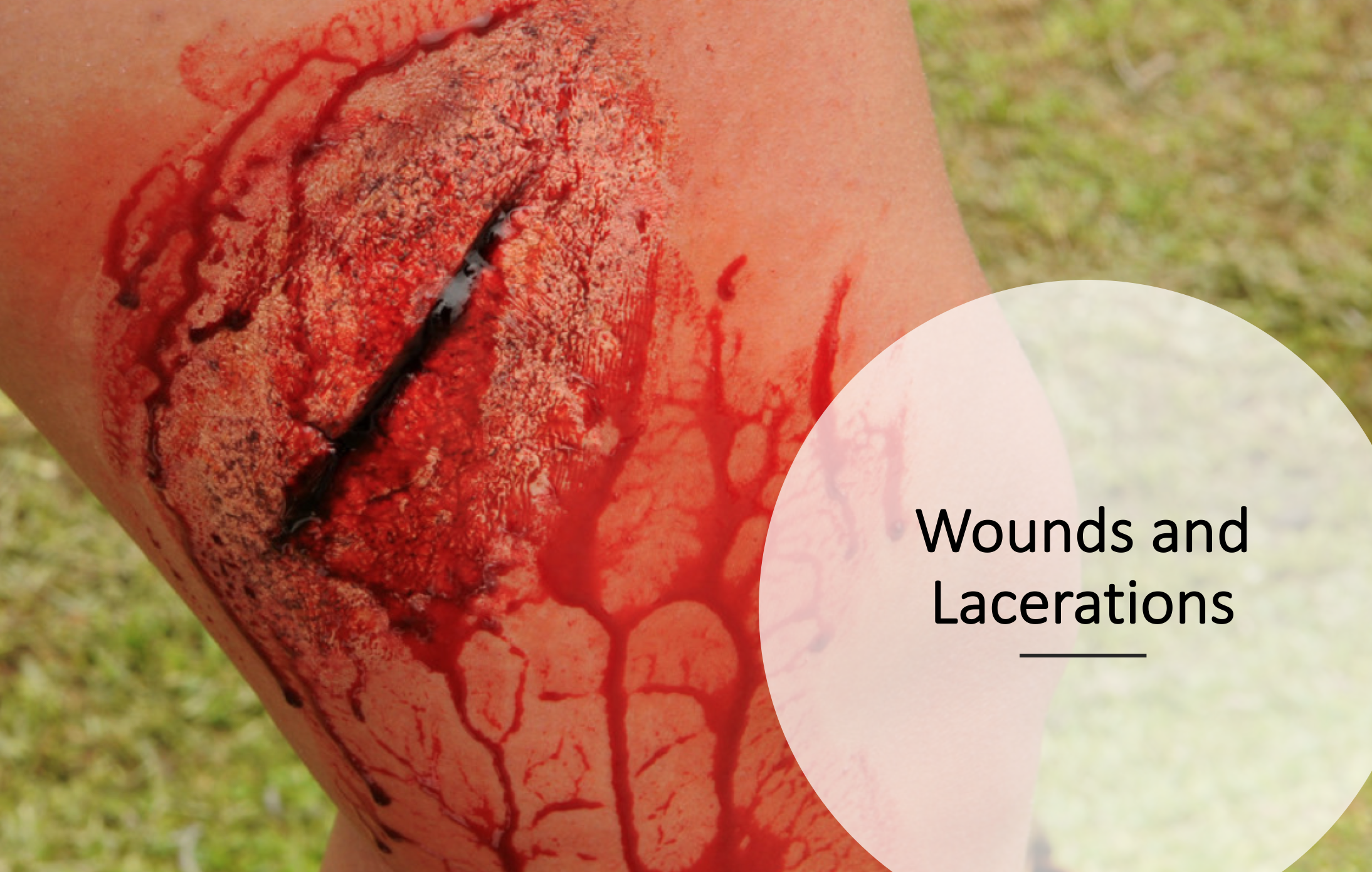Real Info About How To Heal Lacerations

Obtain medical attention if the bleeding is heavy or does not stop soon.
How to heal lacerations. For shallow cuts (less than 1/4 inch deep), most people need only clean the wound well and cover it with a sterile bandage. Avoid eating afterwards so that it remains. Immediate treatment of a laceration should be done with bandages, which can be made from tearing up clothes in an emergency.
They can do so by following these steps: When the bandage becomes dirty from use, you need. You can clean the area with a mild soap and water 2 times a day.
Washing the hands thoroughly with warm water and soap rinsing the mouth with clean water to get rid of any debris applying a gauze. If players bandage quickly, and then change. The idea with most wounds is that you keep bandaging and cleaning them over time.
Methods for making a wound heal faster 1. When to seek medical treatment for a laceration if you or your child has experienced a cut or scrape, you should apply pressure with a clean cloth or gauze to stop the bleeding and then. Also recommended is the use of an antibiotic ointment or cream, such as.
If your wound was sutured or stapled: Deep or wide lacerations generally require medical assistance, as they probably will require stitches or staples. Click on the wound and bandage it.
Press firmly on the wound to stop the bleeding. The fastest and most effective way to heal. Your laceration may begin to bleed.
Apply ice to the area for 15 to 20 minutes every hour or as directed. Using a bandage with disinfecting properties such as honey dressing and ash dressing will prevent infection, and the wound will heal slowly. You can apply it two or three times a day.



/GettyImages-689936694-5d3980c2184a45f7ac56a565f338457b.jpg)
